Research Projects
Fire & Smoke Livestock Impacts Survey
UC Davis in collaboration with Oregon State University lunched a survey in May 2021 to gauge the impact of the 2020 wildfires on grazing livestock health and production. The objective of the survey is to gather information to better understand to what extent cattle, sheep, and goats have been impacted by direct exposure to wildfires or by indirect exposure to smoke inhalation during the fire season. Gaining this knowledge will enable researchers and extension agents to better anticipate impacts of wildfires on livestock in the future and prepare outreach materials that help increase resilience to these disasters. Click here to learn more.
Camp Fire Research
As California’s fires filled the air with smoke and ash, livestock producers wondered if there would be ramifications for their forage crops. Additionally, when the Camp Fire burned at the top of the Butte Creek Watershed ranchers wondered if it was safe for their cattle to drink the water flowing downstream. UC Cooperative Extension advisors searched literature for answers, but recognizing a void, set out to find answers for livestock producers. Betsy Karle and Tracy Schohr, local extension advisors took forage samples and livestock drinking water quality samples in Butte County to find answers. Click here to learn more.
US Forest Service Grazing Allotments
In collaboration with UC Rangelands, multiple monitoring sites were identified in 2012 on grazed meadow allotments across the Plumas and Tahoe National Forests. Meadows are a unique resource, and understanding long term and annual meadow conditions can help balance conservation and livestock production goals in the future.
Each year exlosures are placed on meadows before cows are turned out, and at the end of the grazing season (Fall) the meadows are monitored.
This project is looking at...
- Meadow conditions and trends; and
- Relationships between meadow conditions and trends, livestock management, weather and environmental drivers.
This project is part of a broader study across California. To learn more click here.
Irrigated Pasture
The goal of the research project is to provide enhanced irrigated pastureland management for higher economic return to ranchers through increased forage production and environmental outcomes such as water use efficiency.
There are 5 pasture locations in Sierra Valley enrolled in a Northern California study focused on integrated management strategies (including grazing, haying, fertilizer, and water practices) for enhancing agricultural, economic, and environmental outcomes. The project kicked off in the summer of 2017 and end-of-season baseline data on pasture productivity, harvest/utilization, and plant community diversity was collected in October 2017.
This is a multi-year research and extension project in collaboration with more than 20 ranchers and UC Rangelands, and is funded by Western SARE and the California Department of Water Resources.
For more information on the research project click here.
Livestock Predator Research
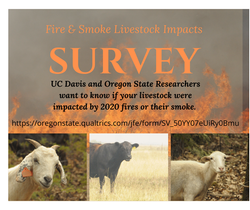
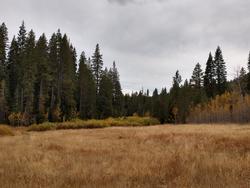
Annual use monitoring site on the Plumas National Forest.
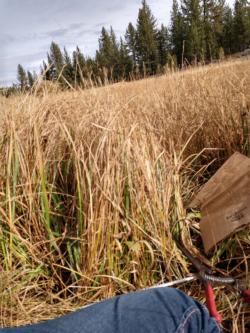
Collecting end of season utilization data.
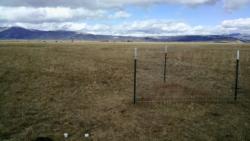
Irrigated pasture exclosure and soil moisture monitoring probes (white circles in bottom left of image) in Sierra Valley.
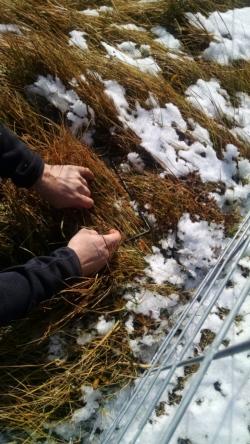
Collecting data at irrigated pasture sites in Sierra Valley.
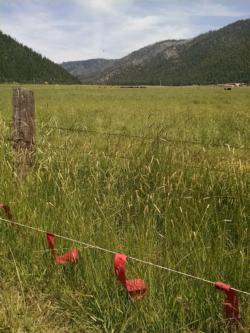
Fladry is a tool that producers can use to help deter predators.
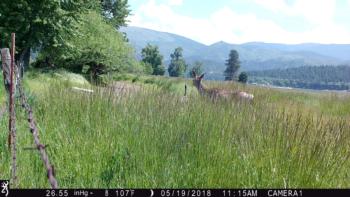
Wildlife using irrigated pasture in Plumas County.
